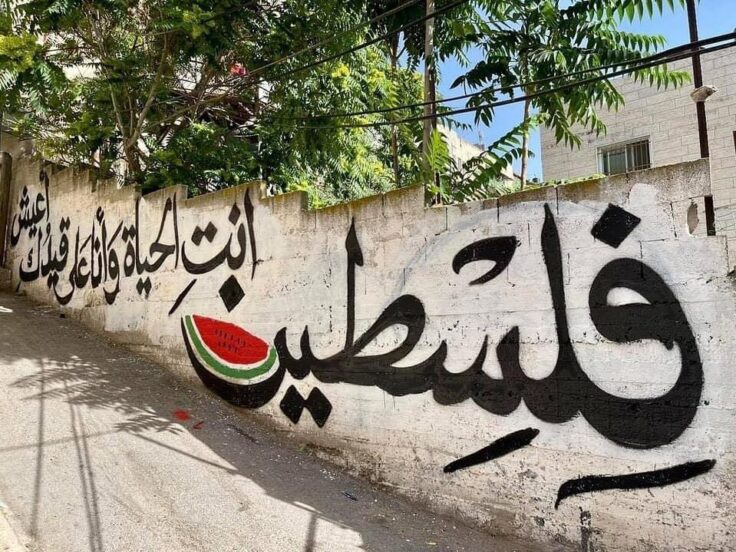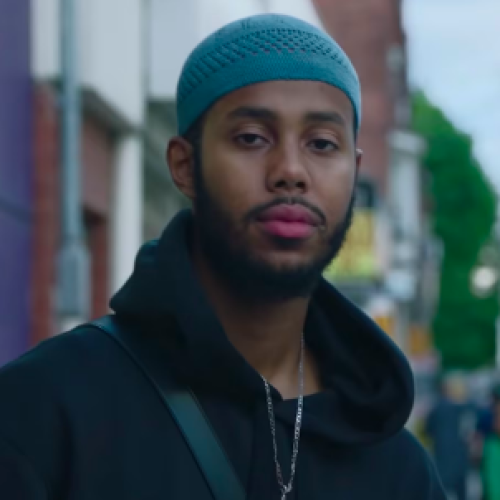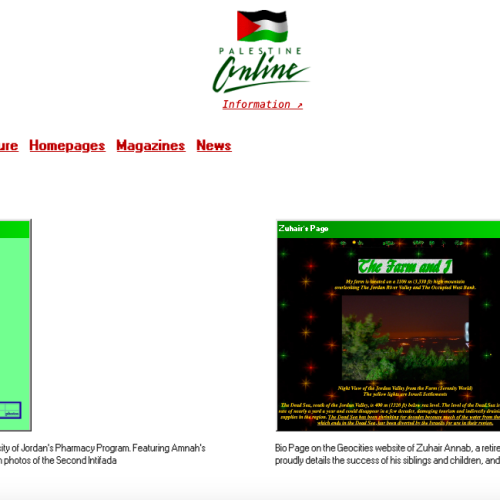Watermelons are known as a vibrant, thirst-quenching fruit typically devoured on scorching summer days, perhaps with a dash of feta cheese. But beneath their delicious facade lies a deeper narrative. The mouth-watering fruit can trace its roots to Africa’s northeast, blossoming in Egypt 5,000 years ago. Its journey weaves through history, reaching occupied Palestine, where watermelon ceases to be just a delicious source of nutrition, transforming into a powerful symbol of protest.
The revitalizing fruit tells the story of the plight and pride of the Palestinian people throughout generations. In the years following the Six-Day War in 1967, it became a crime to raise a Palestinian flag in Israeli-controlled Gaza and the West Bank. To subvert the ban on the national colors, Palestinians began to carry sliced watermelons through the region as the fruit bears the same red, white, green, and black colors of the national flag. Thus, the watermelon metamorphosed into a beacon of resistance, imprinting itself on art, shirts, graffiti, posters, and emojis.
Renowned Palestinian artist Sliman Mansour unravels the genesis of this symbolic fruit in an interview with AJ+. Forbidden to paint in the colors of the Palestinian flag, Mansour faced confiscation of his art by Israeli soldiers in 1980 in Ramallah. A confrontation with an officer ensued. “He was trying to convince us not to do any political art, asking us, ‘why do you do political art?’” explains Mansour. As the conversation escalated, the officers told Mansour that he is not allowed to hold any exhibitions in the West Bank and Gaza unless he is granted permission from the Israeli military censor, in which they would mark each painting with a stamp of approval. Another Palestinian artist accompanying Mansour at the time, Issam Badr, asked the officer, “If I paint a flower with these colors, what will you do?” The officer replies, “Even if you paint a watermelon, it will be confiscated.” Ironically, Mansour goes on to explain that the idea of the watermelon came from the soldier.
From there, artists such as Khaled Hourani and many more took inspiration from Mansour’s story, using the watermelon as a potent tool of resistance, and many other artists followed suit. The fruit held such significance that it was reported that young protestors were once detained for holding up watermelon slices. Today the fruit saturates social media to preempt or circumvent shadow-bans on Palestine-related content and to show solidarity with Palestinians amidst the ongoing genocide. Over a month of relentless bombing in Gaza has left at least 10,569 killed, with at least 4,000 being children, 2,500 women, and 500 elderly people, comprising 70% of the death toll.
Photo: Khaled Hourani Instagram









